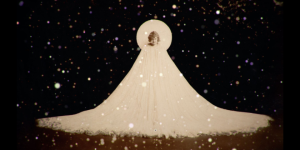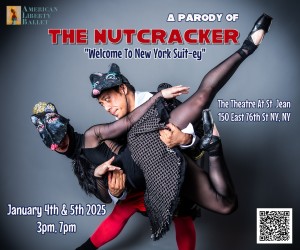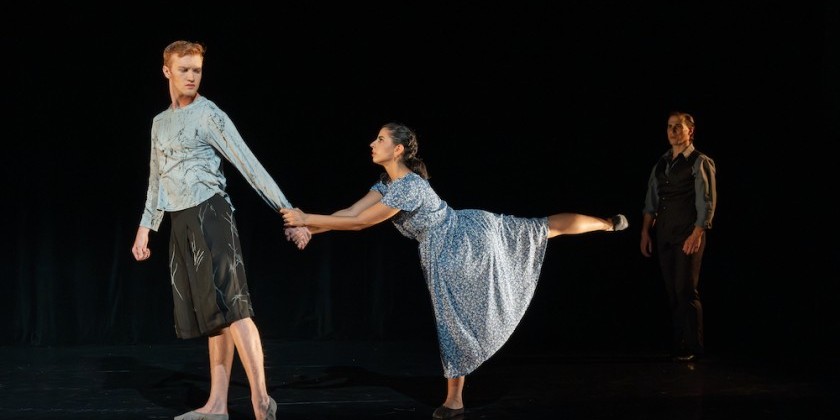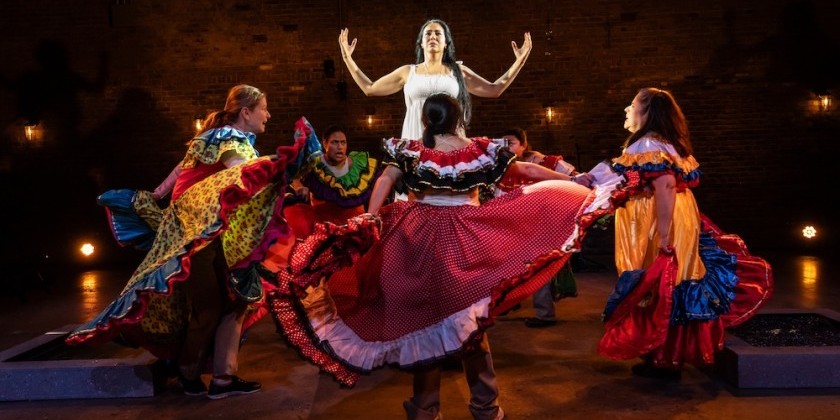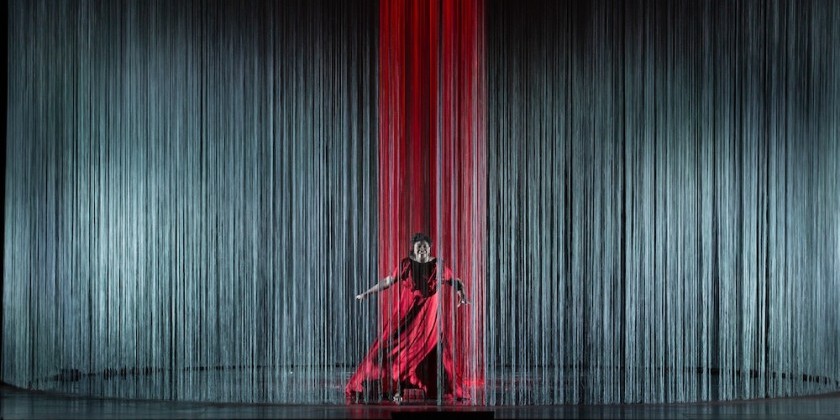IMPRESSIONS: Ola Maciejewska's "Bombyx Mori" at FIAF's Florence Gould Hall
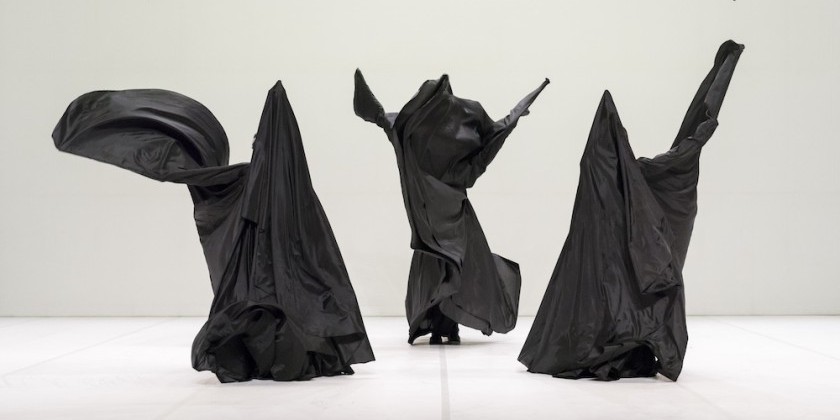
Dancers: Jean Lesca, Leah Marojevic, Maciej Sado
Sound: Carola Caggiano in collaboration with the dancers
Costumes: Valentine Solé
Choreographer: Ola Maciejewska
Festival: Dance Reflections by Van Cleef & Arpels 2023
Date: November 2, 2023
A tall, androgynous figure with naked, powerful thighs walks into the white box of Florence Gould Hall regarding a black cloth she holds in front of her. Two men, one wearing a skirt, later walk on with their own reverent absorption in a black cloth. The dancers present themselves as mere custodians of a yet-to-be-disclosed power inherent in the cloth, which they eventually stretch out into circles on the floor.
The three lie in meditative silence on the floor, apart from each other. One by one, they crawl under their cloth to push their head through an opening at the center. This slow introduction, paced like a ritual or a seance, sets the audience up for the mesmerizing work that follows.
The Polish choreographer, Ola Maciejewska, who created Bombyx Mori, credits Loïe Fuller and her Serpentine Dance (1892) as inspiration. While she honors Fuller’s technique for manipulating cloth with hidden sticks, Maciejewska departs from Fuller’s focus in many ways.
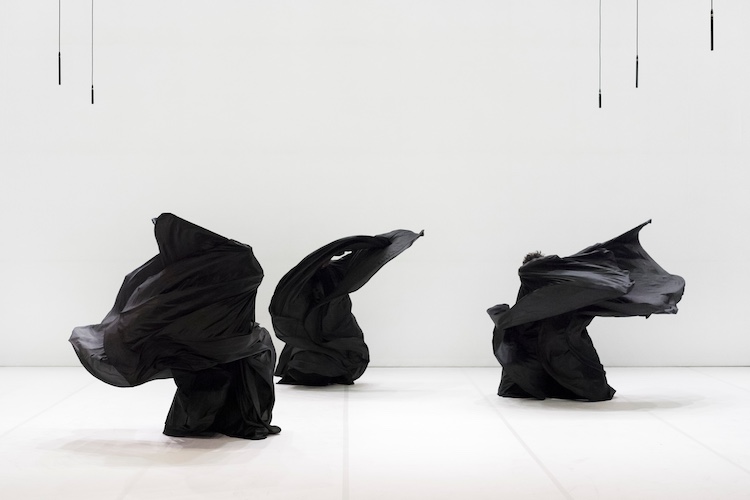
Fuller created a scandal with her abstract eroticism, rippling color around herself on a pedestal, courtesy of her technical prowess for orchestrating gelled lights and fans. Maciejewska strips color from the equation, opting for a cool chic, black images silhouetted in an open space, and a communal trio rather than a solo. What comes to mind watching the dance are birds courting and scavenging, hovering phantasmic creatures, tempests of the sea, and the galvanizing energy of consistency. Sometimes, the overlapping three figures have a comical charm, like that of children playing with ghoulish shadows. In place of Fuller’s aggressive sensationalism, Maciejewska expresses her fascination for metamorphosis, inviting us to let our imagination take flight.

The trio largely faces the audience, one person advancing or retreating, rippling the cloth with the sticks in perpetual spirals. The swoosh of the fabric is the core sound of the score. Startling us towards the end, the three turn sideways to sweep the cloth across their bodies, moving it rapidly up and down. We wouldn’t have been surprised to see them levitate.
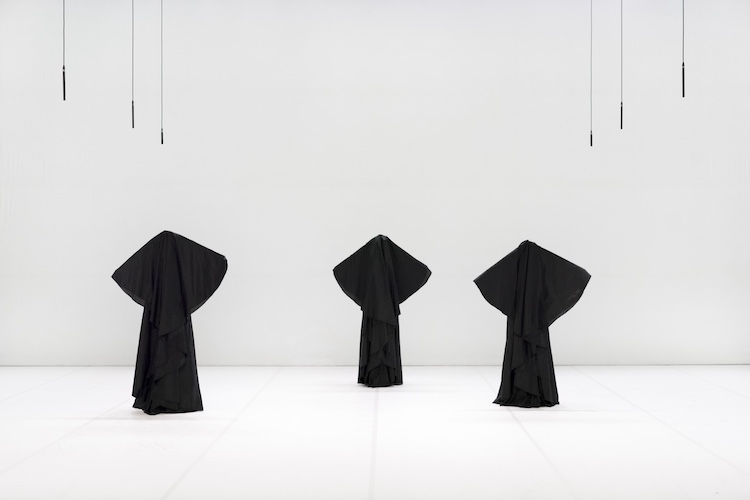
We must thank Van Cleef & Arpels for its sponsorship of this festival. Founded in Paris’ Place Vendôme in 1906, Van Cleef & Arpels settled in New York’s Rockefeller Center in 1939, and in 1941, presented their first ballerina clips.





